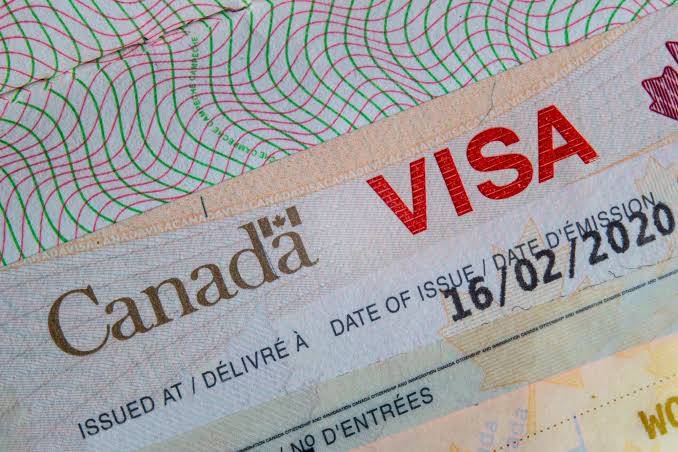It said in a report that 2020 witnessed the largest one-year debt surge since World War II, standing at $28 trillion, as the world was hit by a global health crisis, COVID-19, which caused a deep recession.
According to the fund, “Debt was already elevated going into the crisis, but now governments must navigate a world of record-high public and private debt levels, new virus mutations, and rising inflation. Global debt rose by 28 percentage points to 256 percent of GDP, in 2020.”
The IMF said that borrowing by governments accounted for slightly more than half of the increase, as the global public debt ratio jumped to a record 99 percent of GDP.
“Private debt from non-financial corporations and households also reached new highs,” the global body said.
The Fund added: “Debt increases are particularly striking in advanced economies, where public debt rose from around 70 percent of GDP, in 2007, to 124 percent of GDP, in 2020. Private debt, on the other hand, rose at a more moderate pace from 164 to 178 percent of GDP, in the same period.
“Public debt now accounts for almost 40 percent of total global debt, the highest share since the mid-1960s. The accumulation of public debt since 2007 is largely attributable to the two major economic crises governments have faced—first the global financial crisis, and then the COVID-19 pandemic.”
The organization noted, however, that debt dynamics differ markedly across countries.
“Advanced economies and China accounted for more than 90 percent of the $28 trillion debt surge in 2020. These countries were able to expand public and private debt during the pandemic, thanks to low interest rates, the actions of central banks (including large purchases of government debt), and well-developed financial markets. But most developing economies are on the opposite side of the financing divide, facing limited access to funding and often higher borrowing rates.”
The IMF observed that countries across the globe faced the difficulties of striking the right balance between monetary and fiscal policy measures to deal with the rising debt on the one hand and rising inflation on the other.
It said: “The large increase in debt was justified by the need to protect people’s lives, preserve jobs, and avoid a wave of bankruptcies. If governments had not taken action, the social and economic consequences would have been devastating.
“But the debt surge amplifies vulnerabilities, especially as financing conditions tighten. High debt levels constrain, in most cases, the ability of governments to support the recovery and the capacity of the private sector to invest in the medium term.
“A crucial challenge is to strike the right mix of fiscal and monetary policies in an environment of high debt and rising inflation. Fiscal and monetary policies fortunately complemented each other during the worst of the pandemic. Central bank actions, especially in advanced economies, pushed interest rates down to their limit and made it easier for governments to borrow.”
Credit: Vanguard











